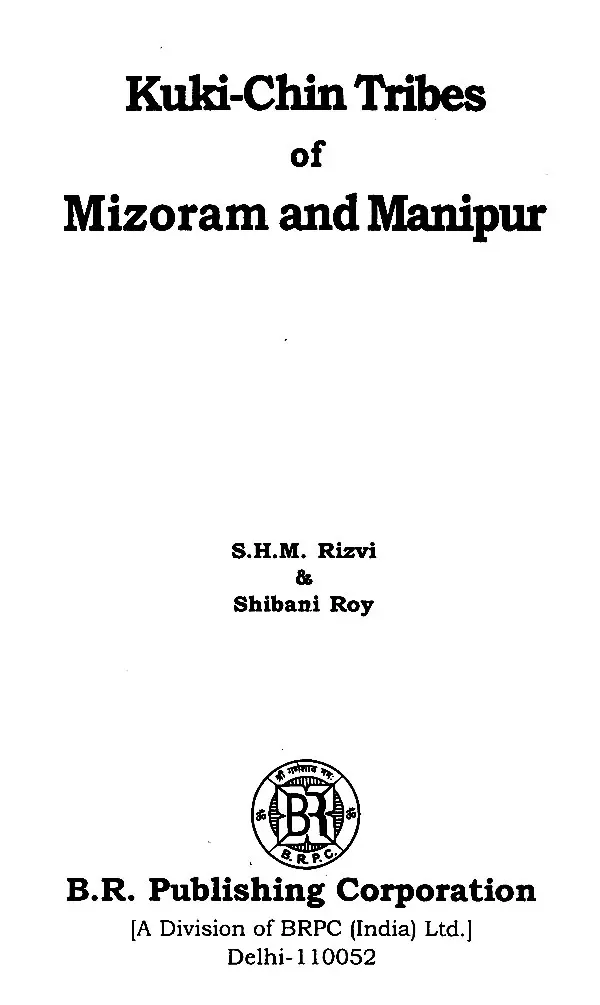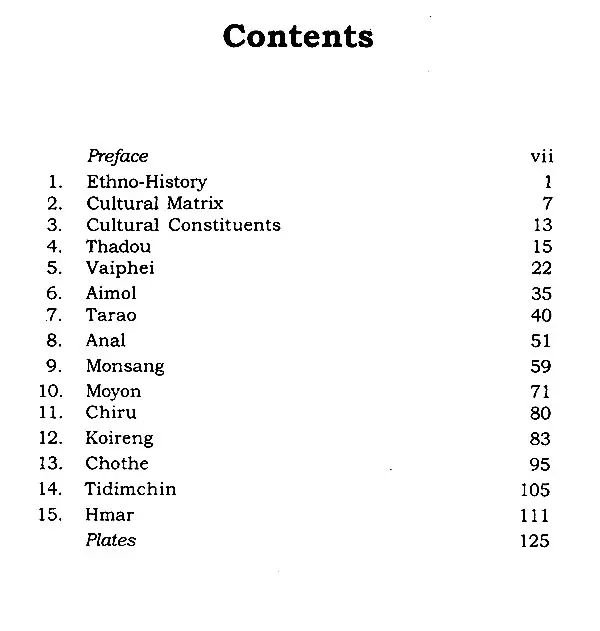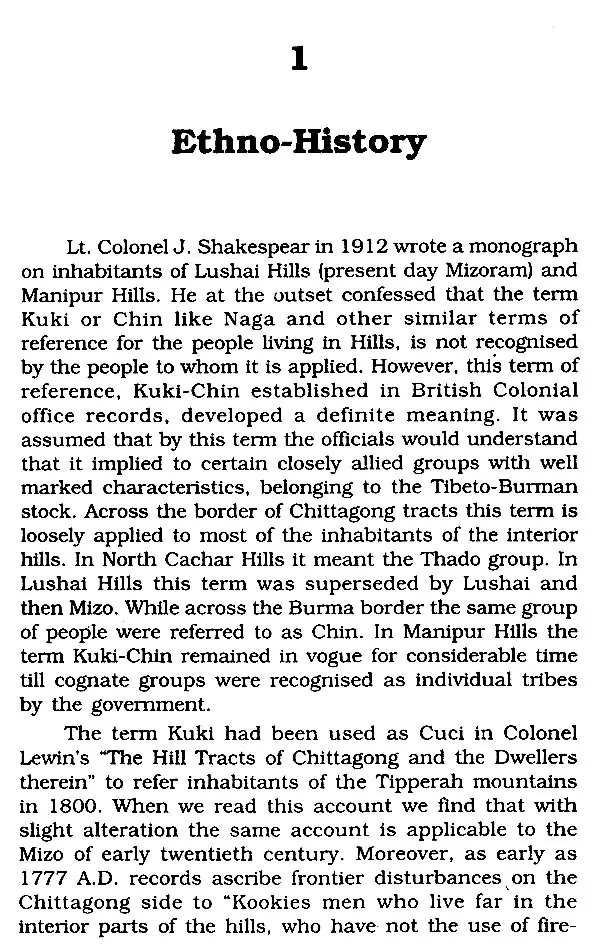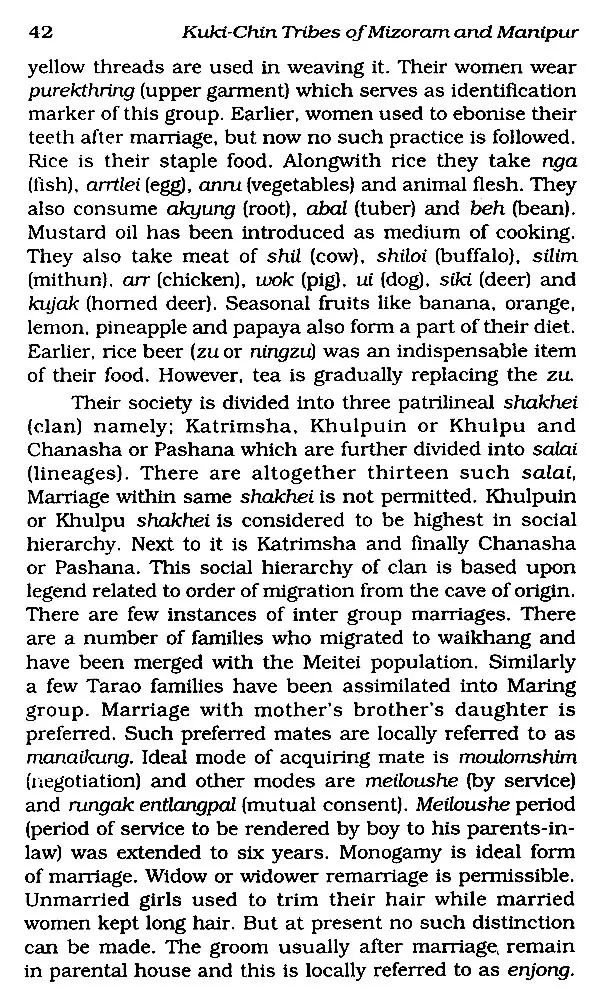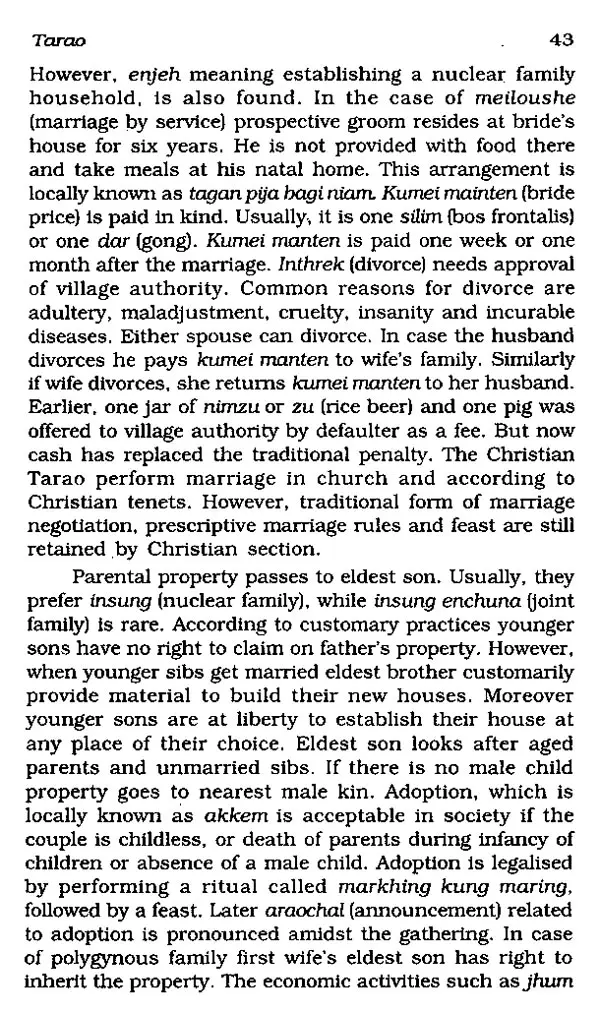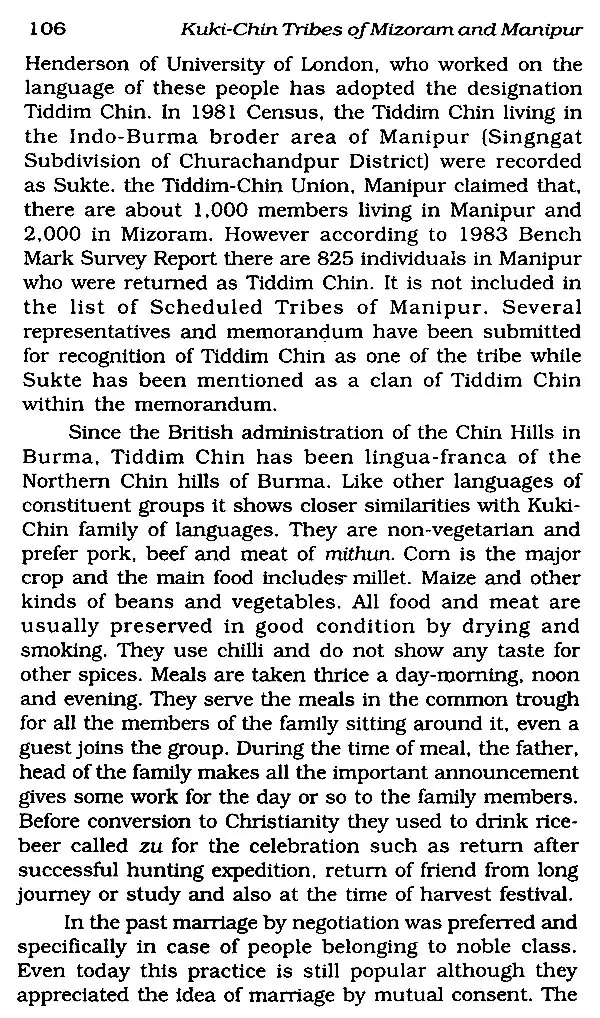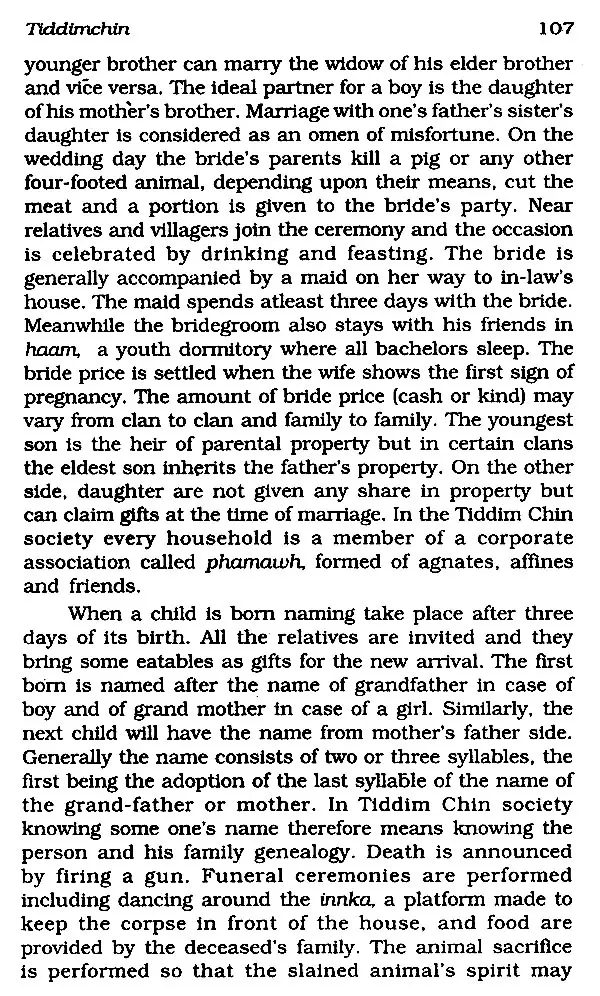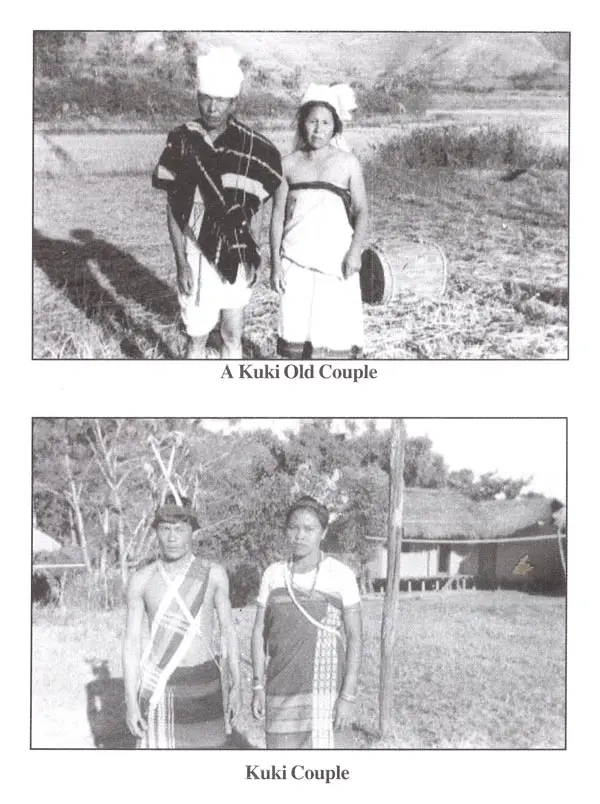
Kuki-Chin Tribes of Mizoram and Manipur
Book Specification
| Item Code: | UAM882 |
| Author: | S.H.M. Rizvi & Shibani Roy |
| Publisher: | B.R. Publishing Corporation |
| Language: | English |
| Edition: | 2006 |
| ISBN: | 9788176455267 |
| Pages: | 148 (B/w Illustrations) |
| Cover: | HARDCOVER |
| Other Details | 9.00 X 6.00 inch |
| Weight | 320 gm |
Book Description
Manipur is a land of many tribes (more than 30) who have different languages, cultures and traditions. For political purposes, some are included along with the Naga generic term in the north and Kuki-Chins in the South. The Kuki tribes inhabit in all districts of Manipur The Linguistic Survey of India, Vol. III. part III, carried out by G. A. Grierson, and published in 1904 by Govt. of India, provides a general idea of the geographical spread of Kukis' living space. According to this Survey the territory inhabited by the Kuki tribes extends from the Naga Hills in the North down into the Sandoway district of Mayanmar in the South: from the Myattha River in the east, almost to the Bay of Bengal in the West. The tribes like Aimol, Anal, Chiru, Chongloi, Chothe, Hangsing, Doungel, Gangte, Guite, Haokip, Hmar, Kipgen, Kom, Lhungdim, Lamkang, Lunkim, Changsan, Lenthang, Thangeo, Kolhen, Lhangum, Lhanghal, Milhem, Maring, Mate, Mozo-Monshang, Paite, Sitlhou, Lhouvum and Singsit, Simte, Baite Tarao, Touthang, Vaphei, Zou, etc., may be put under one egalitarian ethnic entity called Kukis. However, some of these tribes. mentioned above have been assimilated into Naga generic term. During First World War, the Kuki Uprising against the British, lasted for three years (1917-1919). In the early 1940's, hundreds of Kukis joined the Indian army and fought the British. More than one hundred and fifty INA pensioners are still alive. Both India and Mayanmar were given political freedom in 1947. The boundaries lines of the new nations and their states fragmented the traditional Kuki territory.
The book encompasses the ethnographic details of the Kuki who are also referred to as KukiChins by some ethnologists.
Dr. S.H.M. Rizvi, Ph. D (Delhi University) has been engaged in bio anthropological researches since 1986. His involvement in various research projects enabled him to conduct field work in the remotest areas of Western and North-Eastern India and study various tribes and communities living in the arid zone of Barmer districts of Rajasthan to human groups living in hilly inhospitable forests of Manipur bordering Burma.
Dr. Shibani Roy, Ph. D. (Delhi University) is actively engaged in field base empirical research among the Muslims of Northern and Western India besides doing field work-oriented research on tribes of Western and North-eastern India.
The natural resources of a country and its cultural heritage belongs to its people. Each individual has a right over it and they are also vested with the responsibility to understand appreciate and practice it for its conservation. Cultural heritage conceptually is a term which encompasses the entire cultural environment with landscapes, historical places, art forms, celebrations, biodiversity, collections, the traditional and continuing cultural practices, knowledge. wisdom and living experiences. All these are achieved over a long process of historic development forming the essene of a highly diversified national, regional, indigenous and local specificities which becomes an integral part of contemporary living. Thus, it is a collection of dynamic referral points and positive instrument for growth and change. Heritage along with collective memory are area based or community based which are irreplaceable and form the main bulwark for present and future development. India is a country which portrays variety of cultural norms and practices reflecting its diversity and character.
Tourists in thousands through all the six seasons flock here not for the airports, hotels, recreational facilities. gambling havens, geographic locations, palaces, temples and the people. Each of the above mentioned aspects of tourism in India is much below the mark of world standard. Other countries have better infrastructural and logistic support for comfort of the tourists. Popularity of India in world tourism is because of its vibrant culture and still alive cultural heritage which are manifested in the mundane affairs of the people in their day to day living style: whether they are Hindu, non-Hindu or tribal. All these collectively is an aspect of life to be experienced and not only seen.
